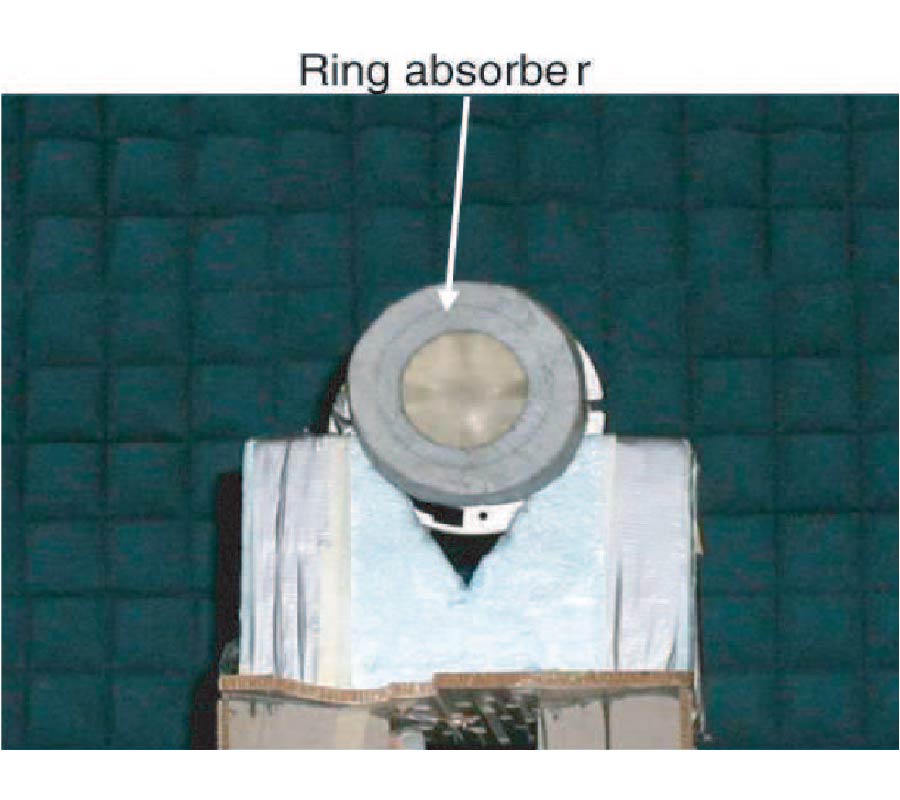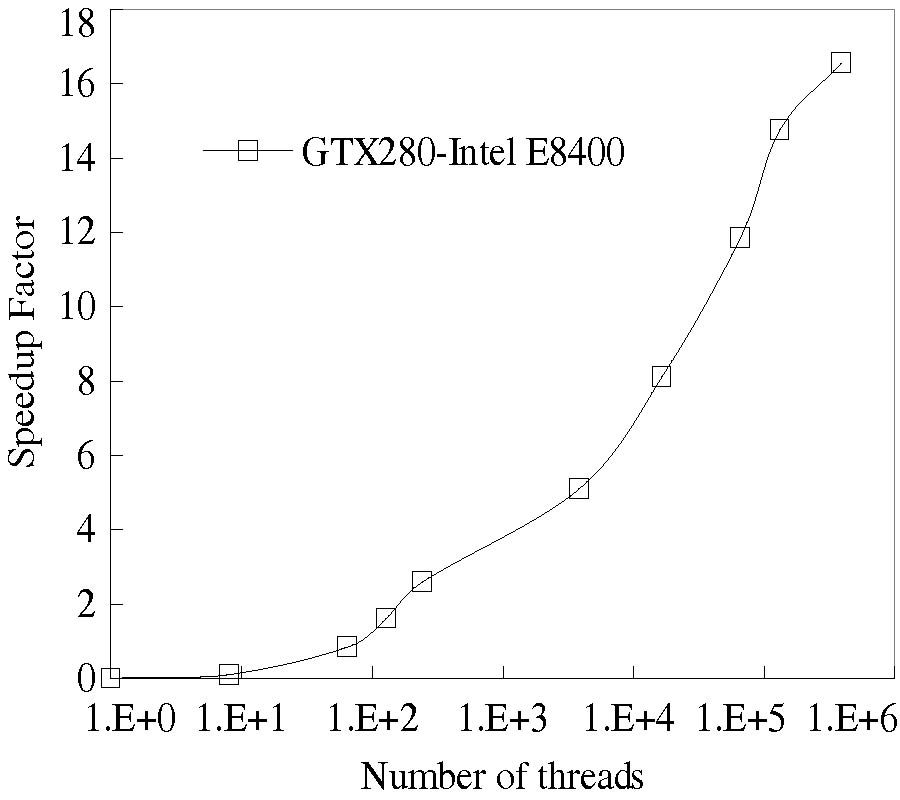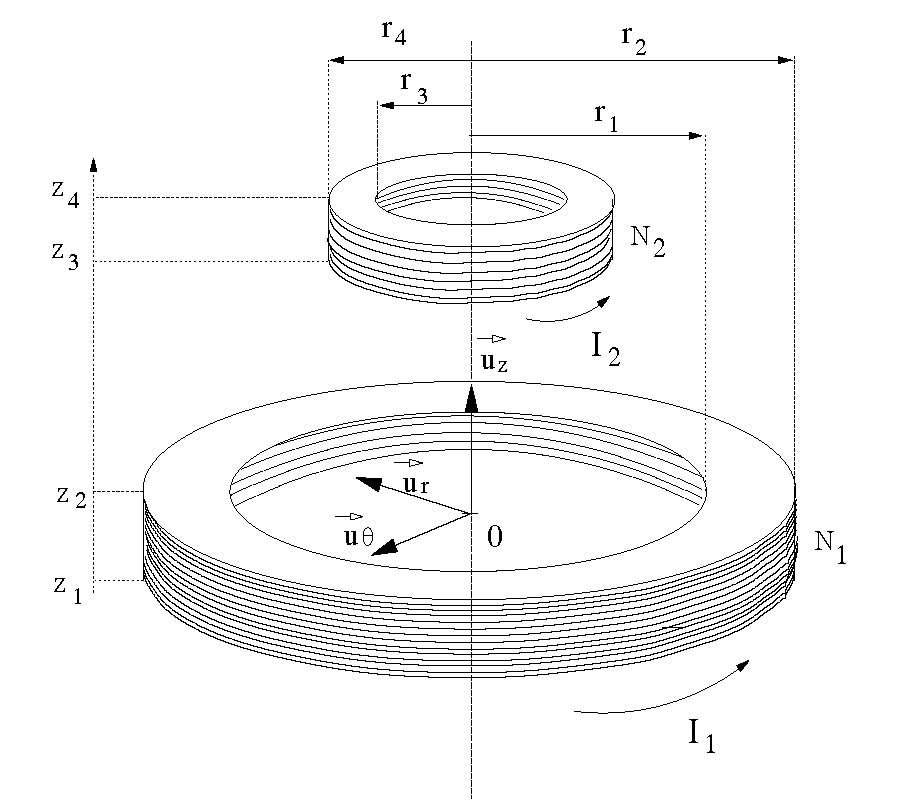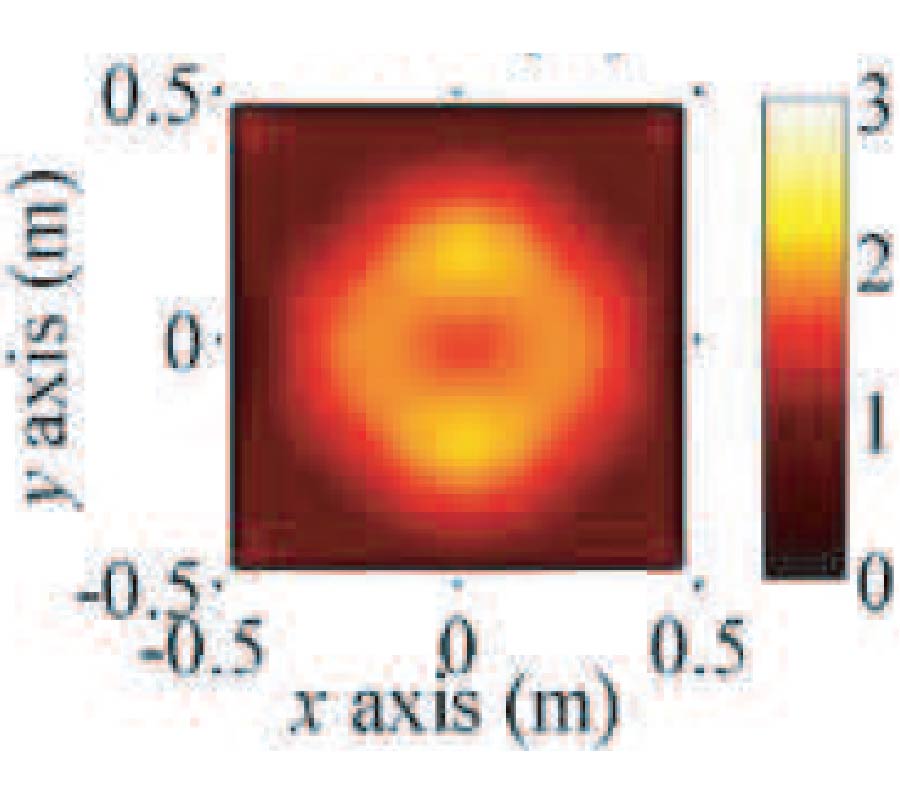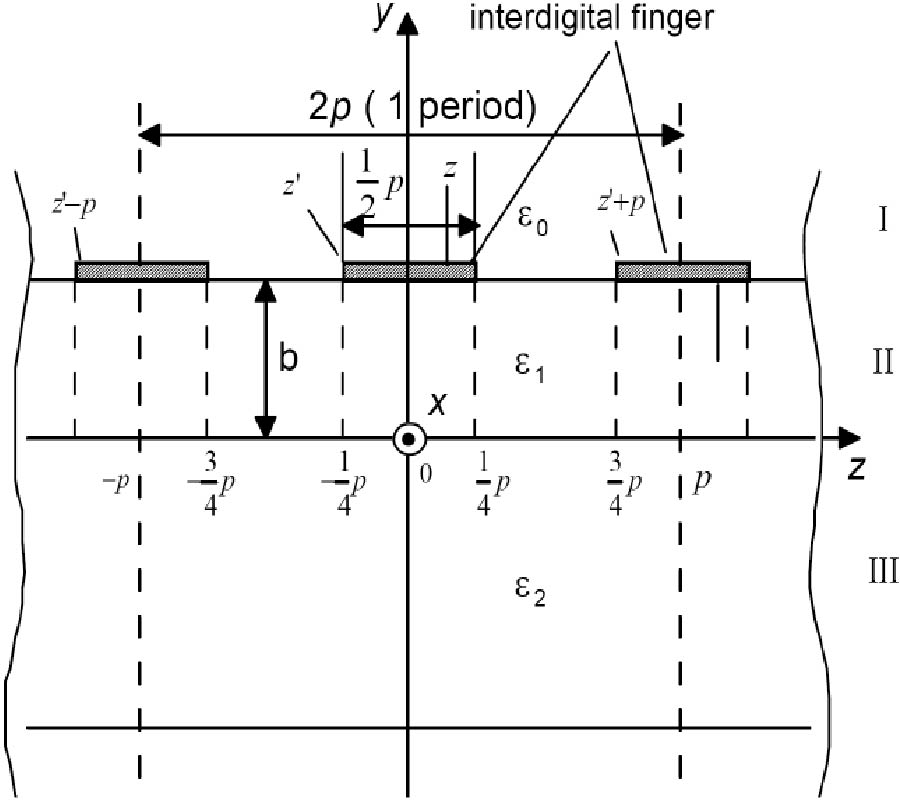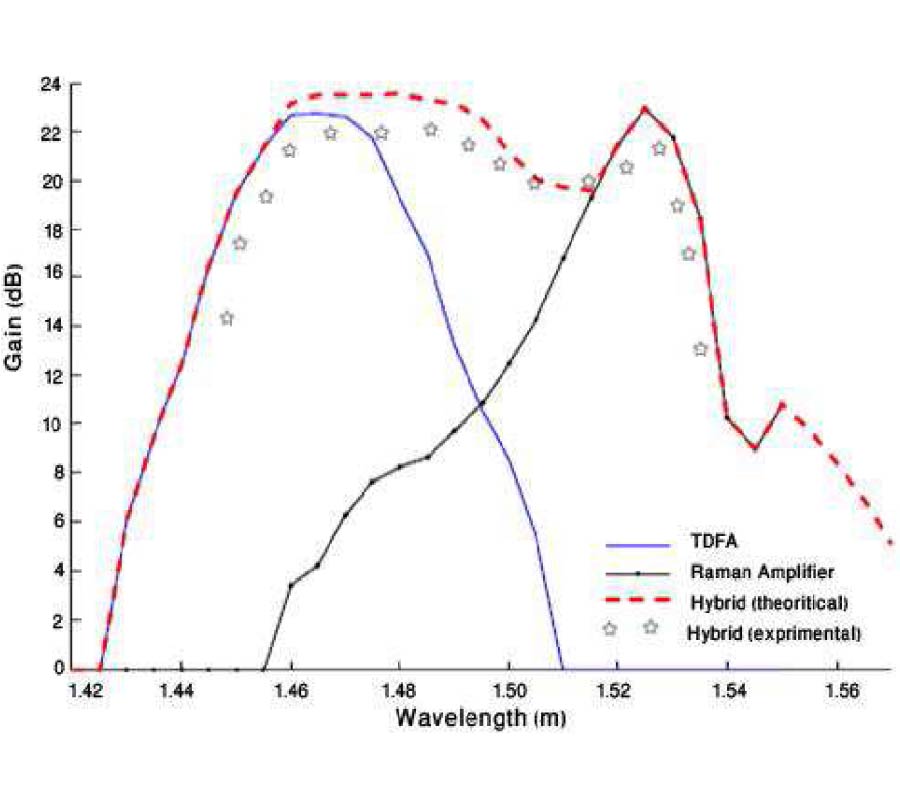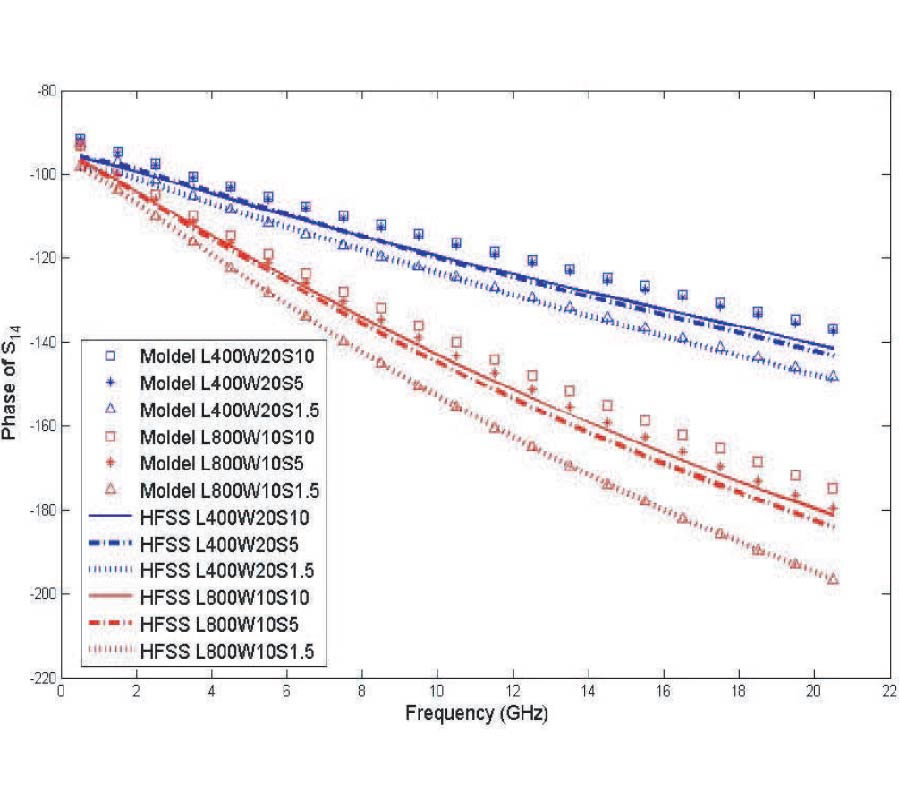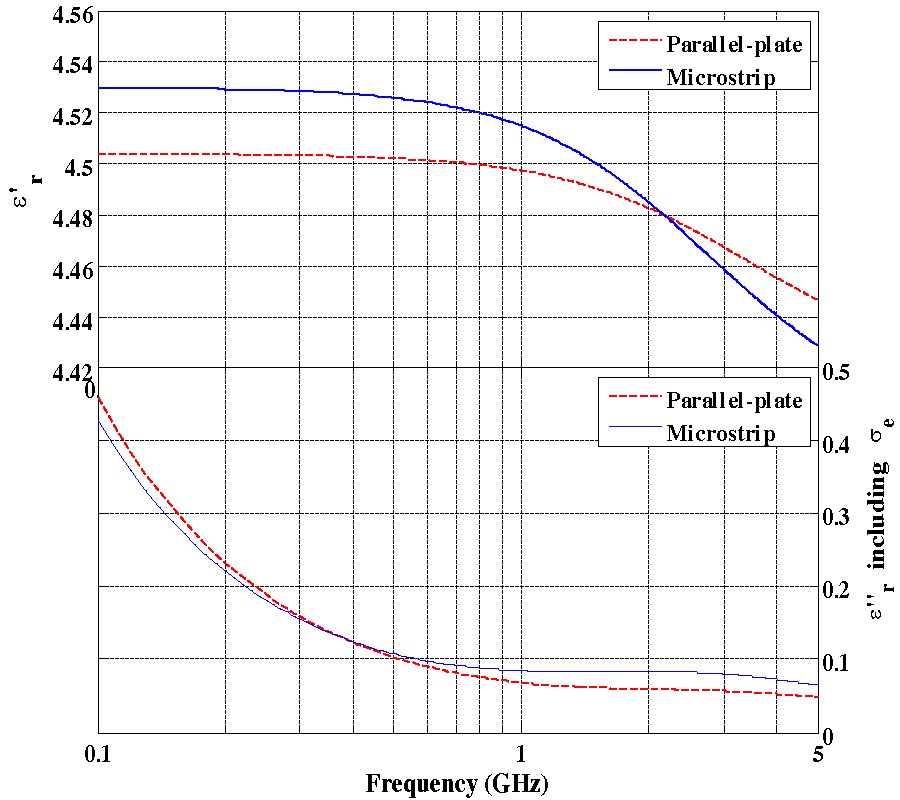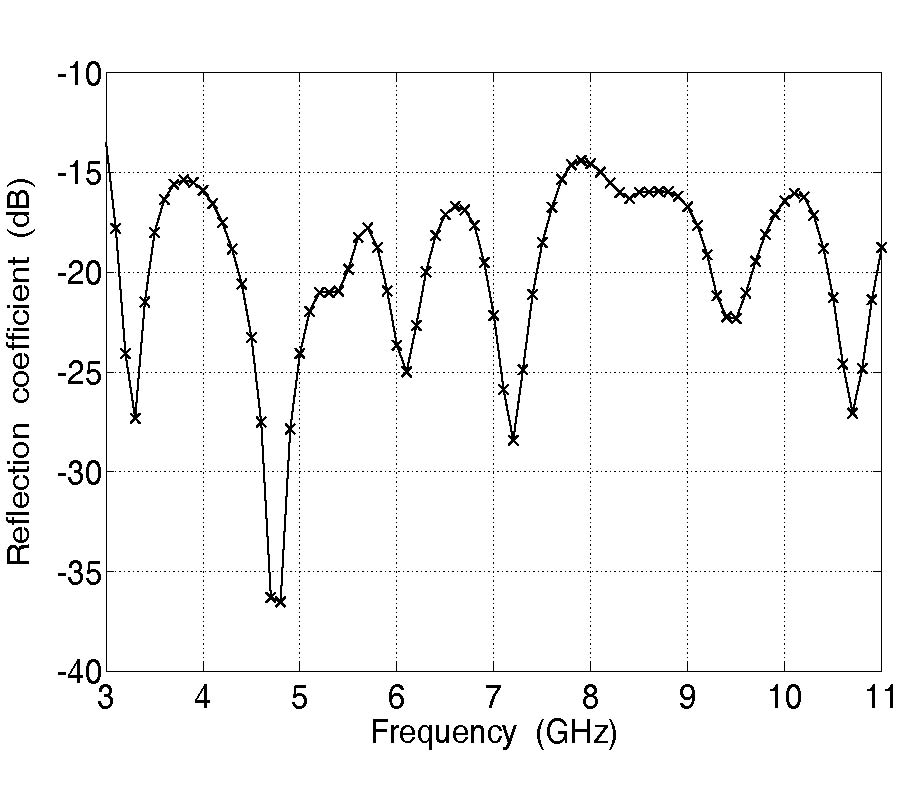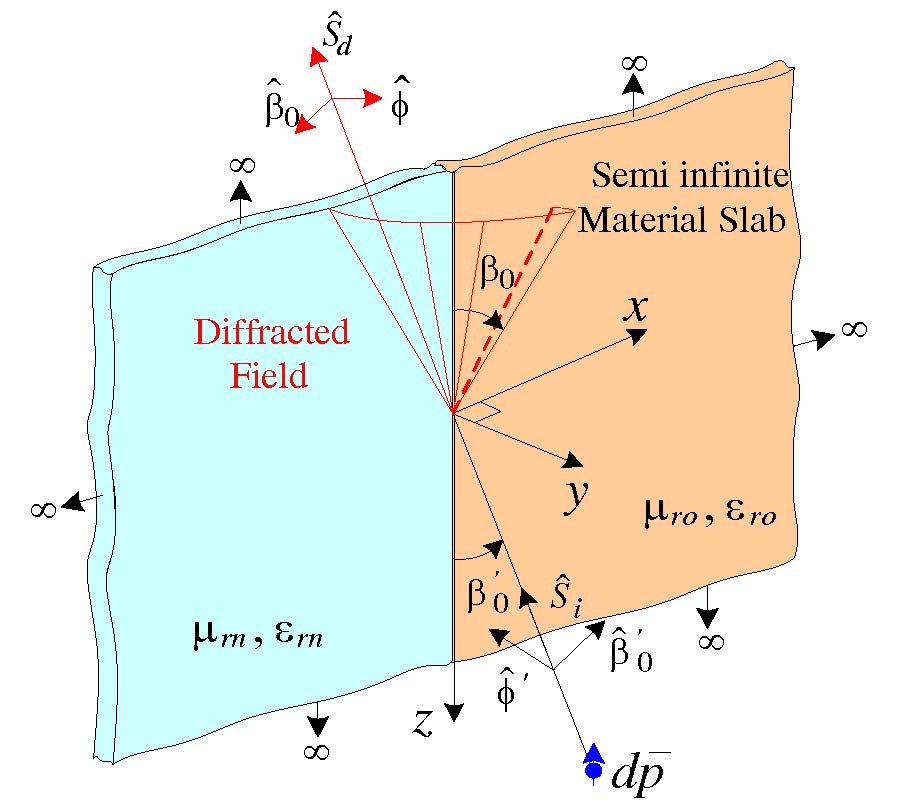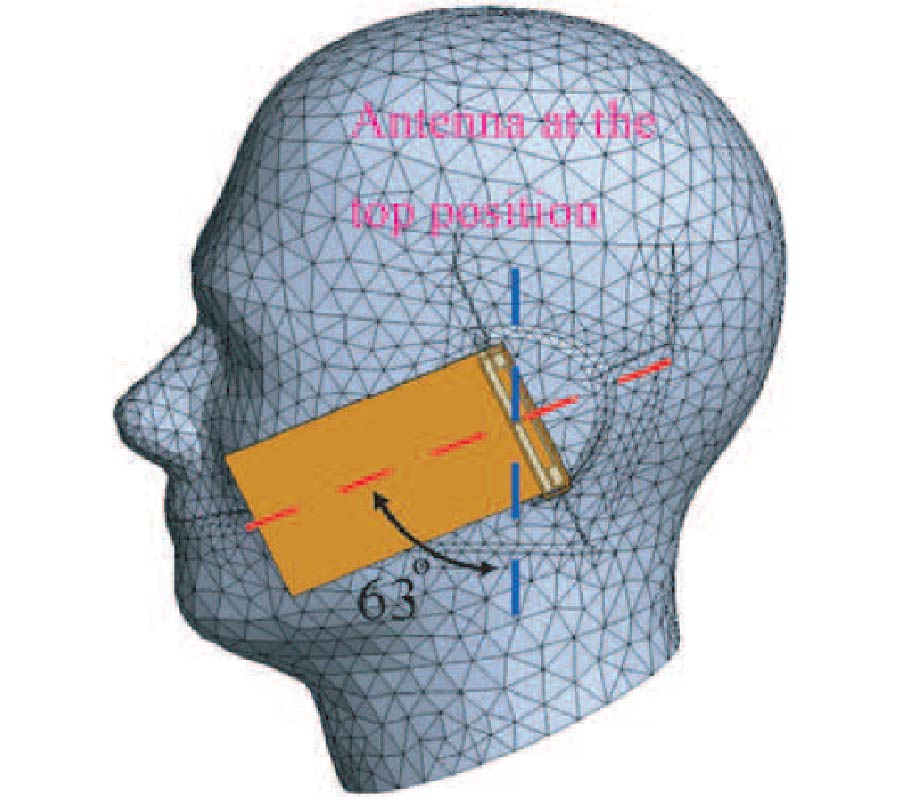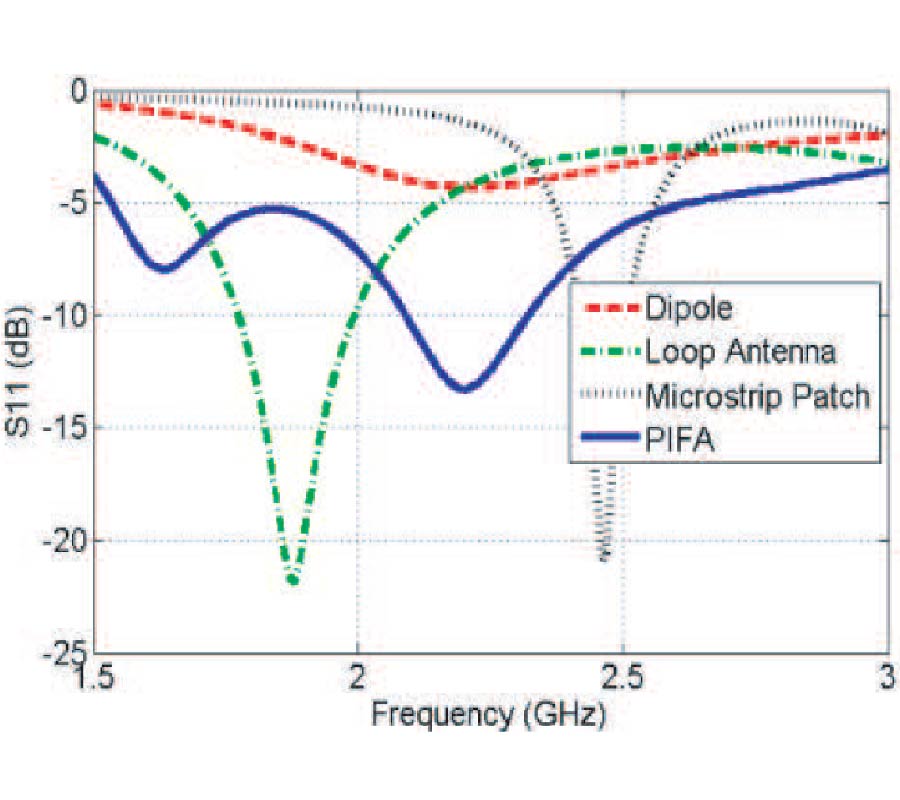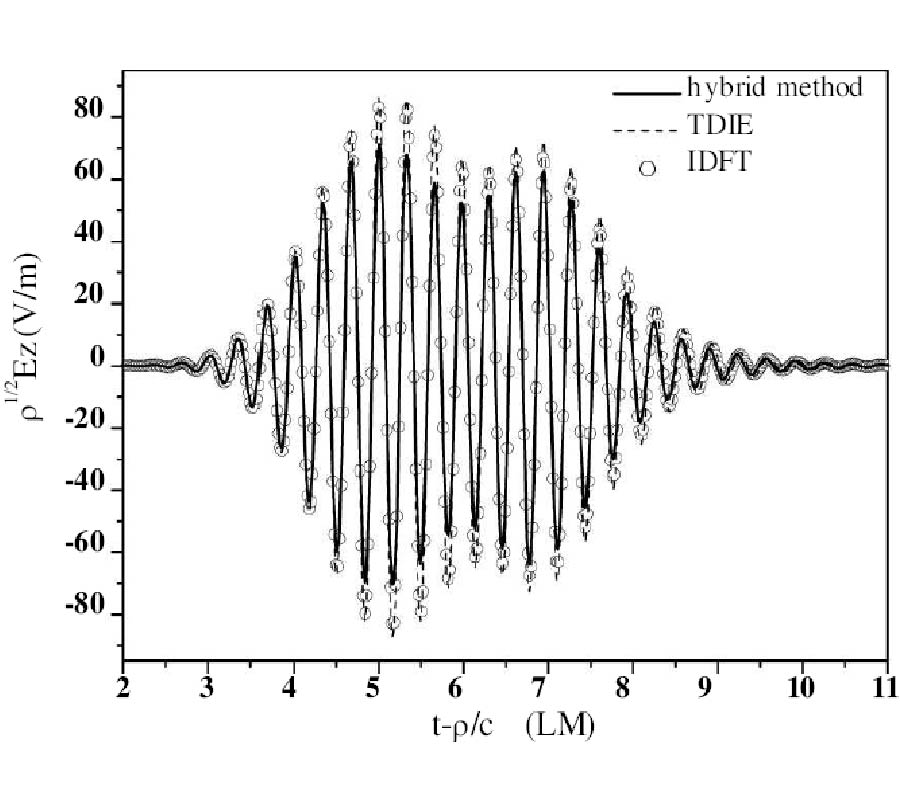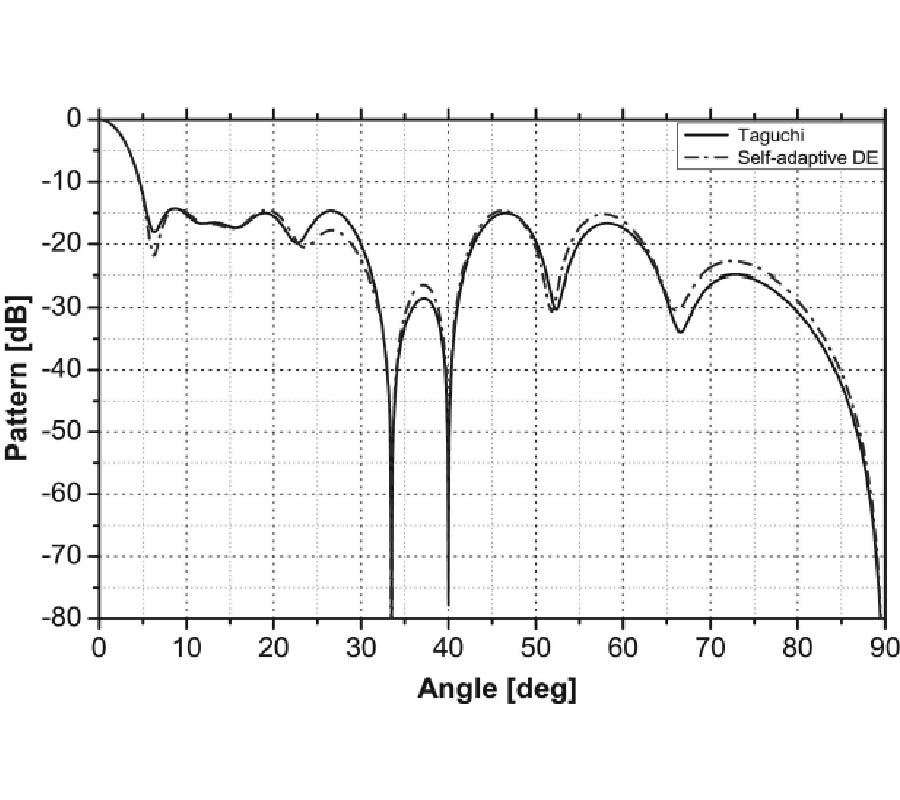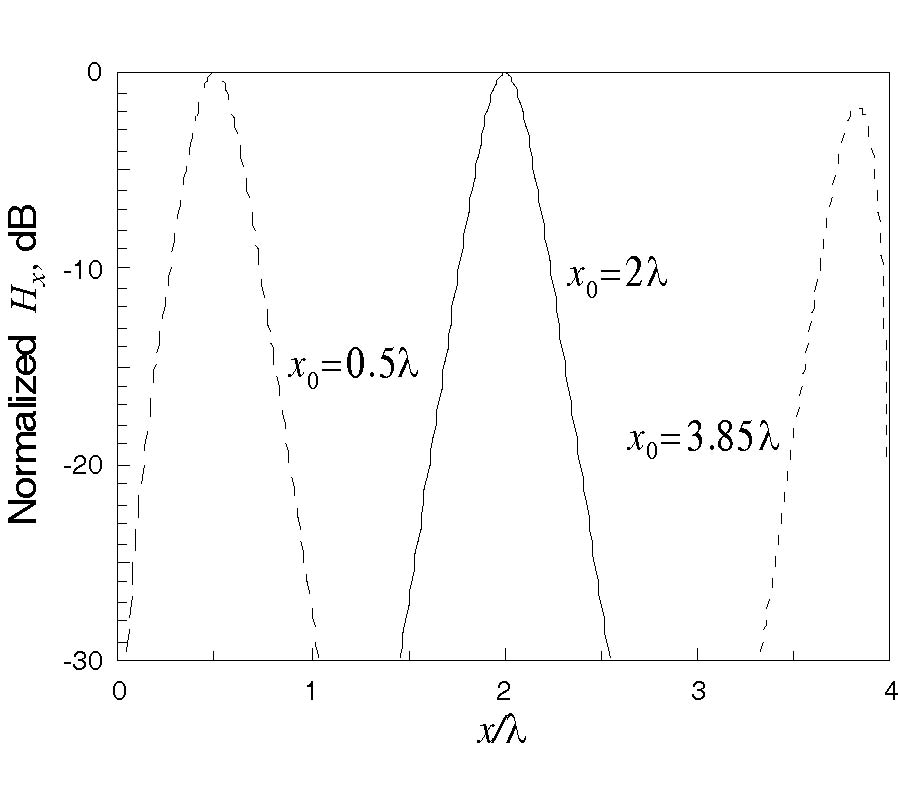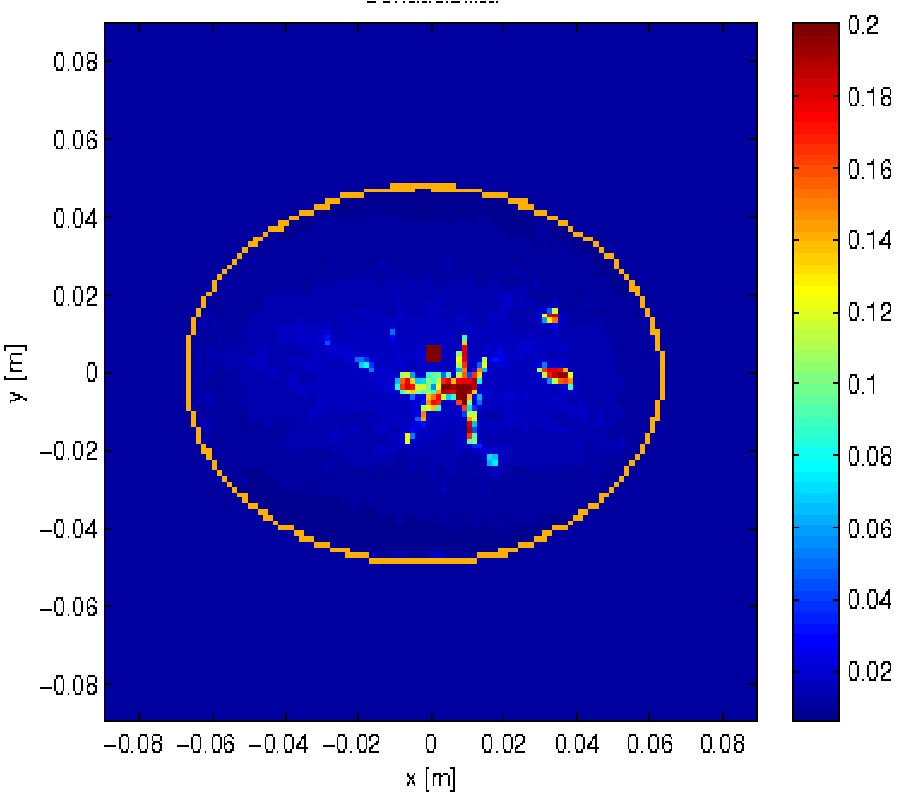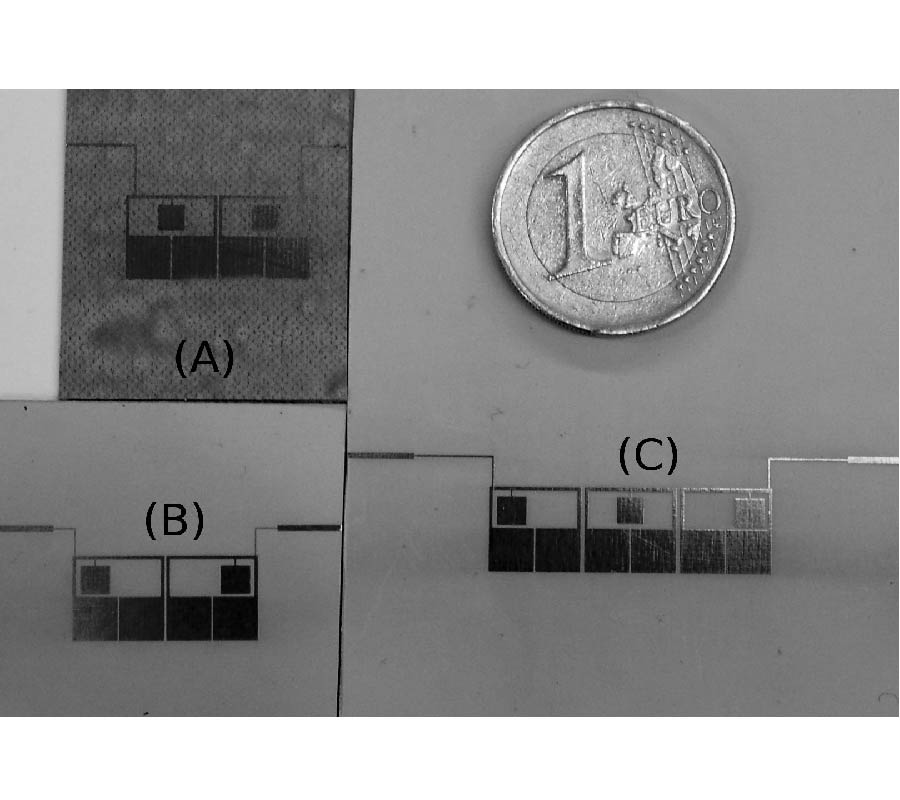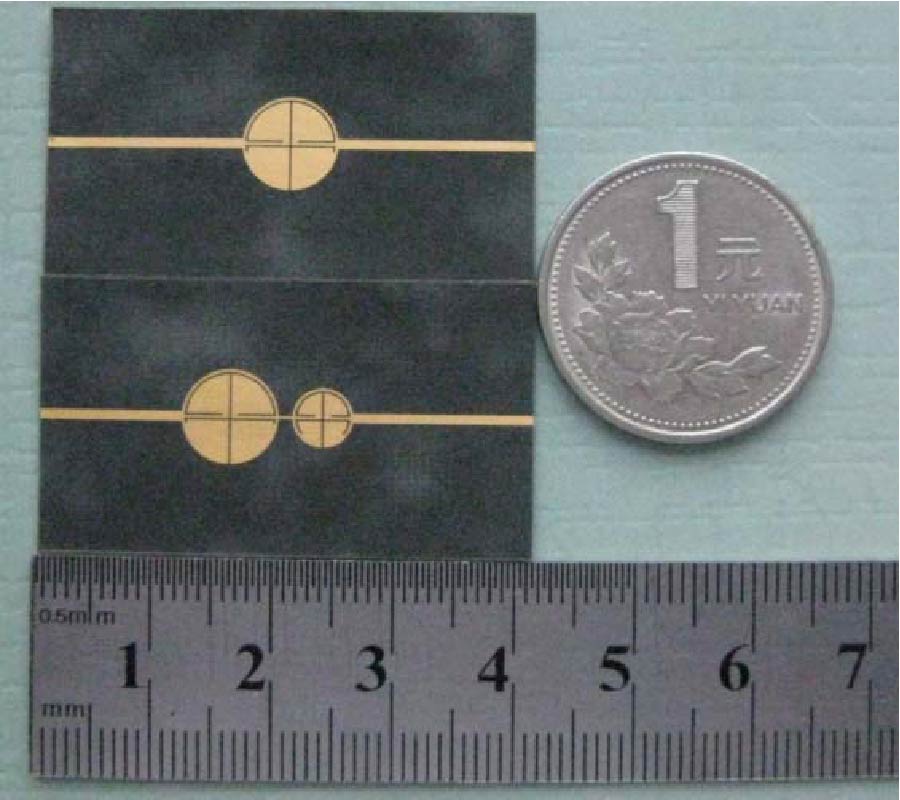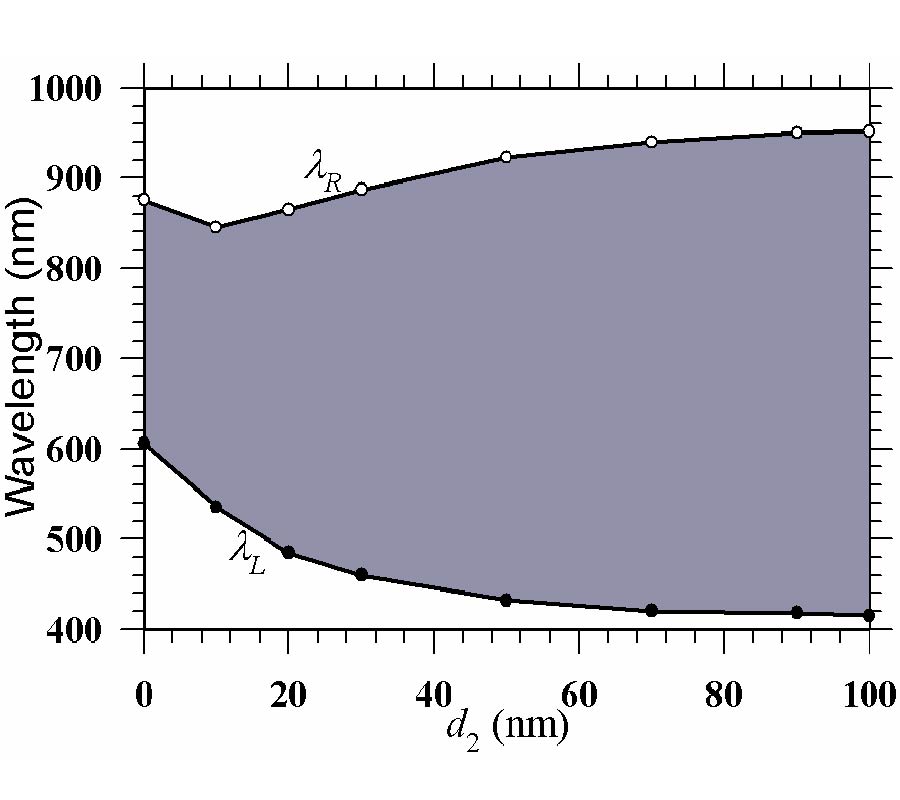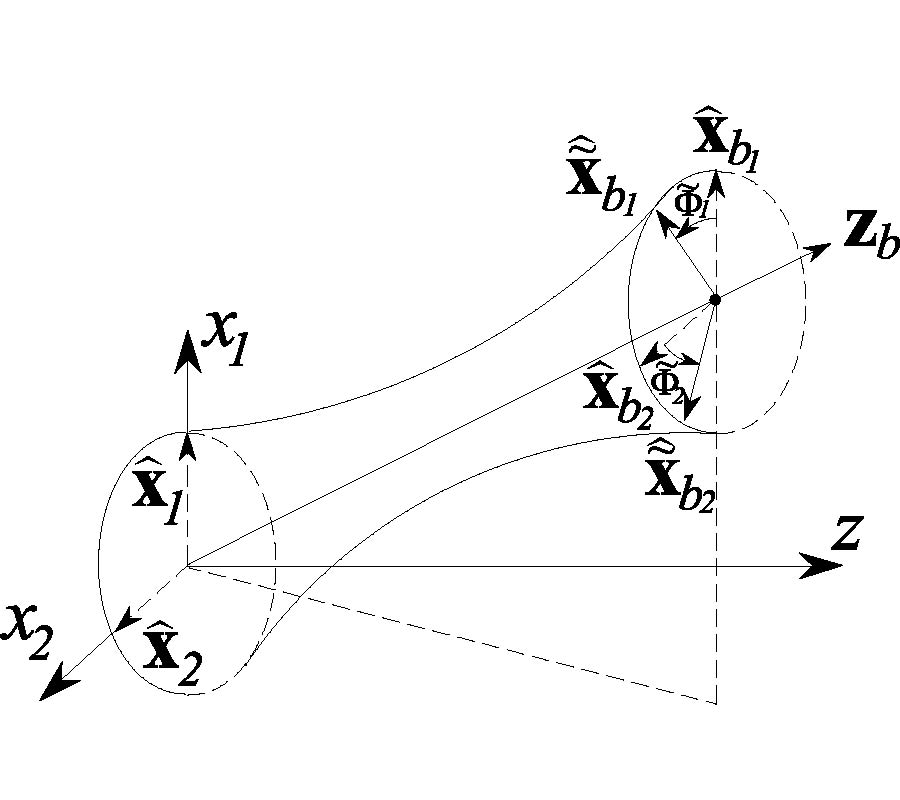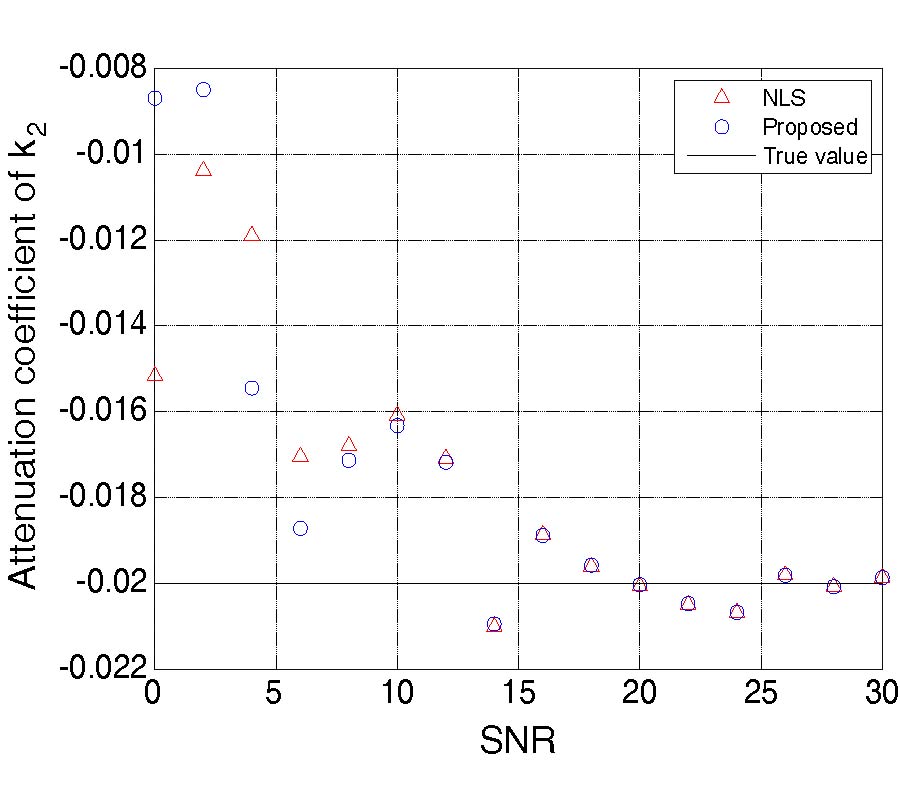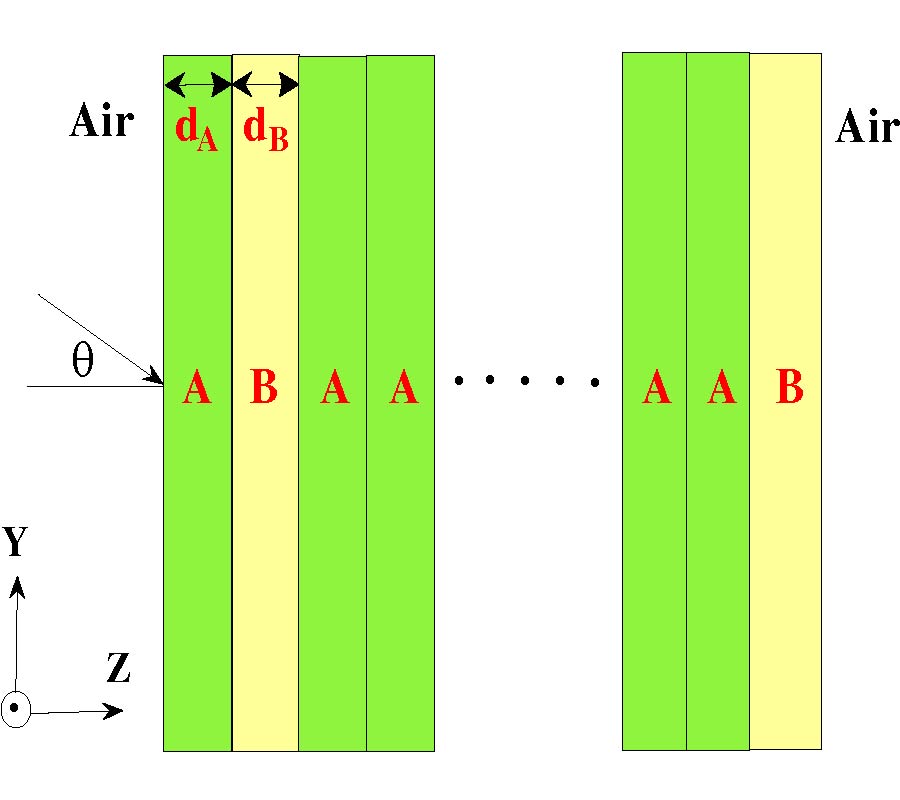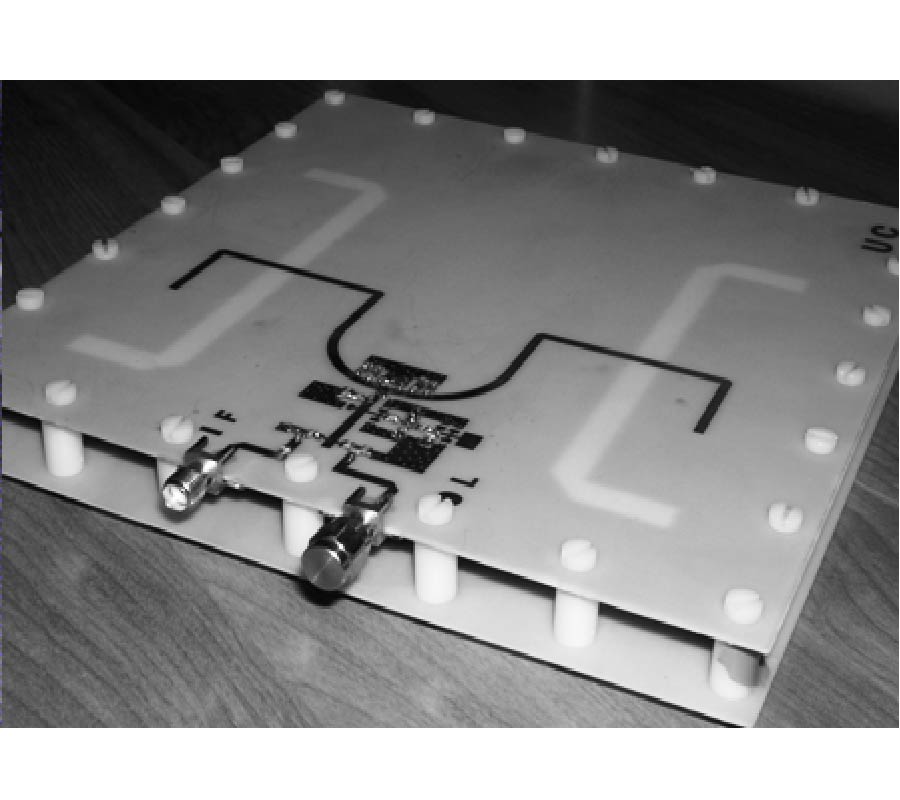2010-04-05 Latest Published
By Jae-Young Chung
Progress In Electromagnetics Research, Vol. 102, 397-411, 2010
Abstract
In order to improve measurement efficiency in electromagnetic test facilities (compact range or near-field range), testing probes are required to have ultra-wideband (UWB) radiation characteristics, dual-polarization capability, and interchangeable E- and H-plane far-field patterns. In this context, we propose a new type of UWB antenna that satisfies these requirements in the frequency range of 4 to 18 GHz. For the proposed antenna, a low-loss dielectric material is loaded over pairs of balanced feeds to overcome radiation performance degradation addressed in purely metallic antennas. Also, radiation patterns are further improved by employing a lens aperture and shielding structures. The measured results of the final antenna design demonstrate broad and stable far-field patterns (half-power beamwidth > 45◦), low voltage standing-wave ratio (< 2), similar E- and H-plane patterns, and large cross-polarization isolation (> 23 dB).
